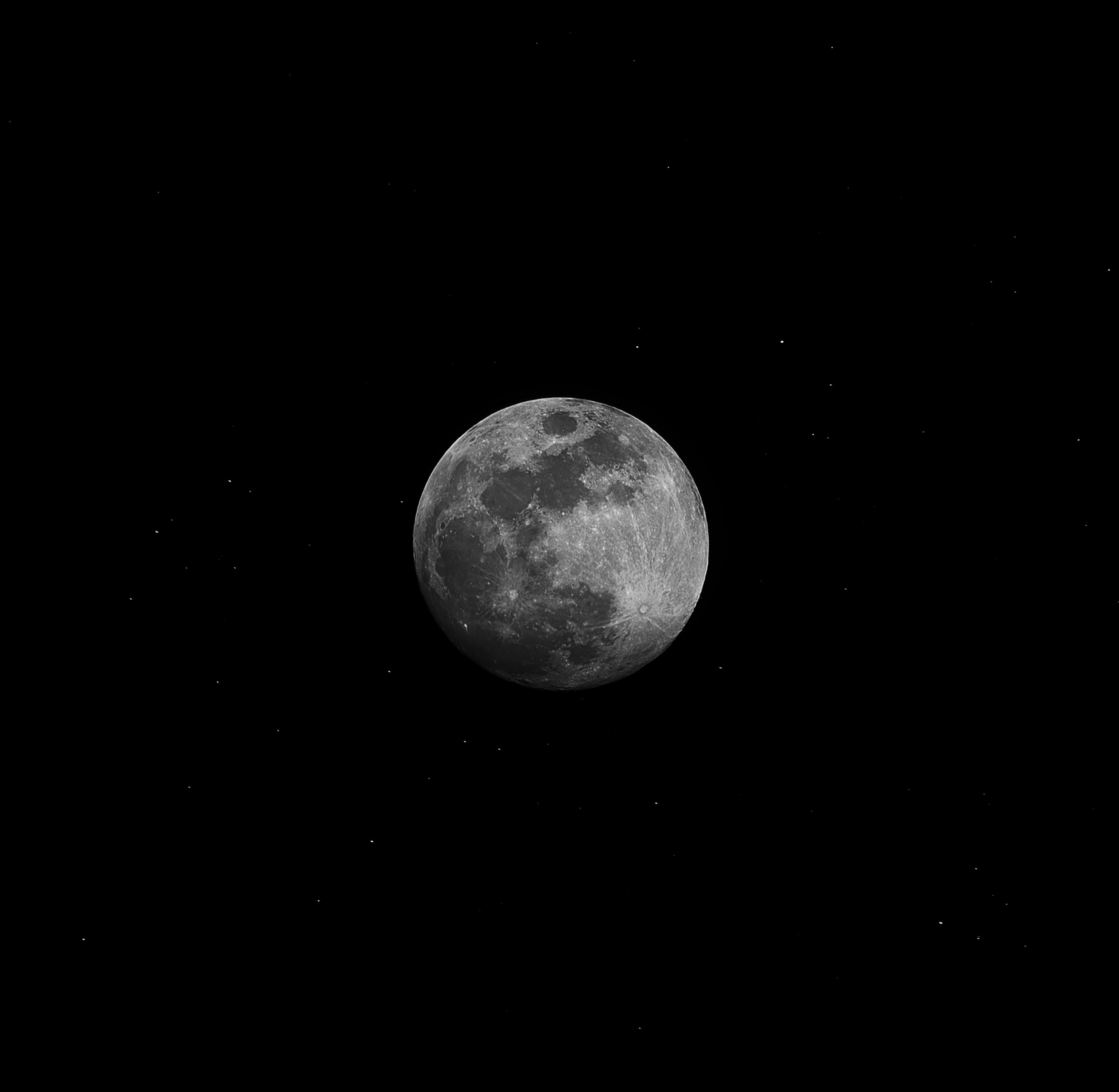Exploring the Waning Gibbous Moon: Definition, Phases, and Significance
The moon, our celestial companion, has been a subject of fascination and awe for centuries. Its ever-changing appearance, as it moves through various phases, has intrigued astronomers, poets, and dreamers alike. Among these phases, the waning gibbous moon holds a particular fascination. In this blog post, we will delve into the definition, phases, and significance of the waning gibbous moon, offering you a closer look at this captivating lunar phase.
Understanding Lunar Phases
Before diving into the specifics of the waning gibbous moon, let’s first discuss the concept of lunar phases. The moon orbits around the Earth, and the illumination it receives from the Sun creates different phases. These phases are a result of the relative positions of the Earth, the Sun, and the moon.
There are eight primary phases of the moon, each lasting approximately 3.5 days. They are:
- New Moon
- Waxing Crescent
- First Quarter
- Waxing Gibbous
- Full Moon
- Waning Gibbous
- Last Quarter
- Waning Crescent
The waning gibbous moon falls between the full moon and the last quarter moon, marking the gradual decrease in its illuminated area.
Defining the Waning Gibbous Moon
The term “waning” refers to the moon’s gradual decline in illumination. During the waning gibbous phase, the moon is more than halfway illuminated but is gradually becoming less so.
The waning gibbous moon is known for its distinctive shape and brightness, making it easily identifiable in the night sky. It appears like a slightly illuminated disk, with the larger illuminated portion facing the first quarter moon and the decreasing portion facing the last quarter moon.
This phase occurs as the moon moves in its orbit, gradually shifting from a full moon to a last quarter moon. As the illuminated surface of the moon decreases, the waning gibbous moon paves the way for the more prominent waning crescent phase.
Phases of the Waning Gibbous Moon
The waning gibbous moon goes through several distinct phases, each marked by subtle changes in its appearance. Let’s explore these phases:
Early Waning Gibbous
During the early stages of the waning gibbous phase, the moon still appears mostly full. Its brightness and illuminated area make it a remarkable sight in the night sky. As the days progress, the illuminated portion begins to gradually decrease.
Mid-Waning Gibbous
In the middle of the waning gibbous phase, the illuminated portion of the moon continues to shrink. The boundary between the bright and dark sides becomes more pronounced, creating a striking contrast on the lunar surface.
Late Waning Gibbous
Towards the end of the waning gibbous phase, the moon appears less than half illuminated. The bright side of the moon narrows down further, while the dark side becomes more dominant. This sets the stage for the next lunar phase, the last quarter moon.
Significance of the Waning Gibbous Moon
Throughout history, the moon has held a significant place in various cultures and religions. The waning gibbous moon, in particular, has been associated with numerous beliefs and interpretations. Here are a few notable aspects:
Astronomy
Astronomers and scientists study the waning gibbous moon, along with other lunar phases, to better understand celestial mechanics and the moon’s interactions with the Earth and the Sun. By observing the changes in illumination, they can gather important data about moonlight, tidal patterns, and other lunar phenomena.
Agriculture and Gardening
Some proponents of biodynamic farming and gardening believe that the waning gibbous moon exerts a specific influence on plant growth and productivity. They suggest that it’s an ideal time for activities such as composting, pruning, and seed saving.
Folklore and Mythology
In mythology and folklore, the waning gibbous moon has been linked to various stories and beliefs. In some traditions, it symbolizes a time of introspection, release, and letting go. It represents a phase of completion and closure, often associated with the waning of emotions or negative energies.
In ancient Greek mythology, Artemis, the goddess of the hunt, was often associated with the waning gibbous moon. Her connection to the moon represented her role as a protector and guardian of nature.
Similarly, in Norse mythology, the waning gibbous moon was linked to the god Loki, known for his trickery and shape-shifting abilities. The moon’s shifting illumination resonated with Loki’s unpredictable nature.
Emotions and Energy
Many individuals believe that the different lunar phases, including the waning gibbous moon, can influence human emotions and energy levels. Some people claim to feel more introspective and emotionally balanced during this phase. It’s seen as a time for personal reflection and inner growth.
Conclusion
The waning gibbous moon represents a significant stage in the lunar cycle, offering a gradual transition from the full moon to the last quarter moon. Its distinct appearance and diminishing illumination make it an intriguing celestial object to observe.
From its mythological associations to its influence on agriculture and emotional well-being, the waning gibbous moon carries multifaceted meanings for different cultures and individuals. Exploring these lunar phases not only deepens our understanding of the cosmos but also invites us to reflect on the interconnectedness between the celestial and the earthly realms.
So, the next time you spot the waning gibbous moon shining brightly in the night sky, take a moment to appreciate its beauty and contemplate the vastness of the universe it represents.
Table of Contents
